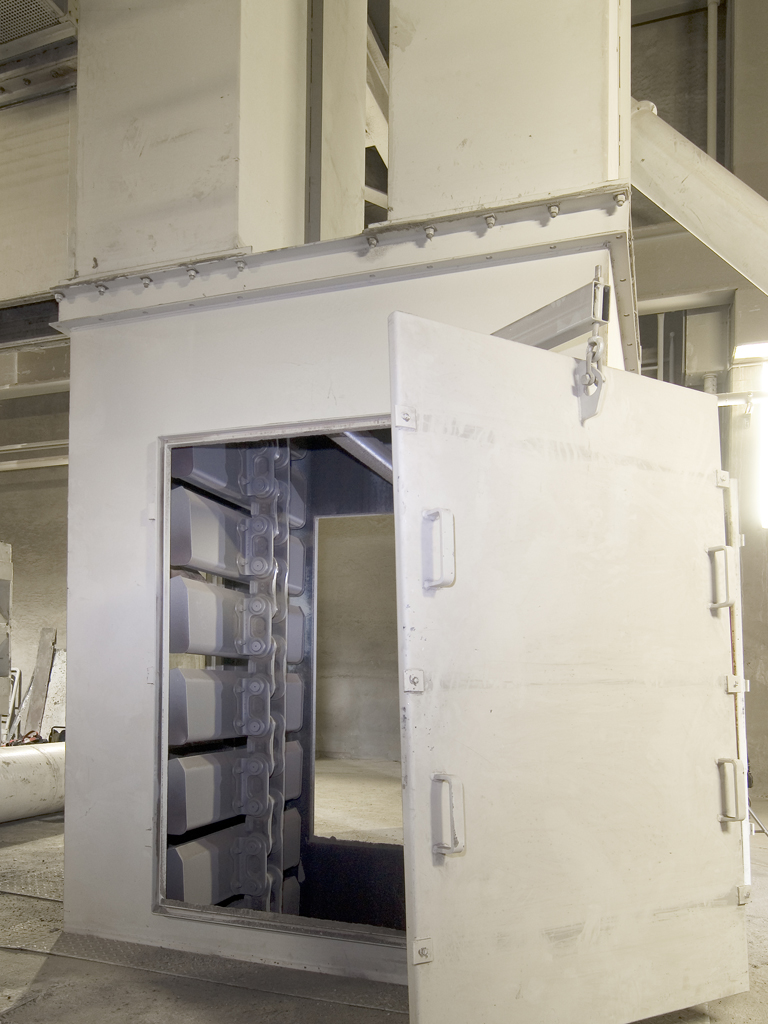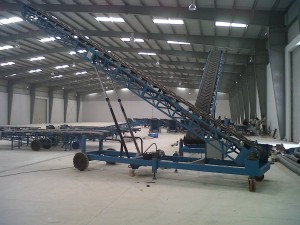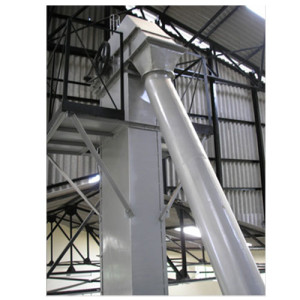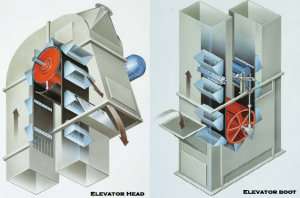How to select bucket elevator
- Type of material- bulk, heavy, free flow, etc.
- Type of product – raw material or finished product, Fragile or hard, Liquid, semi-solids, etc.
- Direction – to be moved in vertical, horizontal + vertical + horizontal ( Z Type) direction
- Speed – Variable or fixed
- Height – Level of Inclination
- Weight – heavy or light, liquid or semi-solid, grains, sand, concrete, etc.
- Distance – to be maintained between the products.
- Type of industry
- Pulley – a requirement of pulleys for transportation
- Size – Specific size of buckets to avoid overloading






